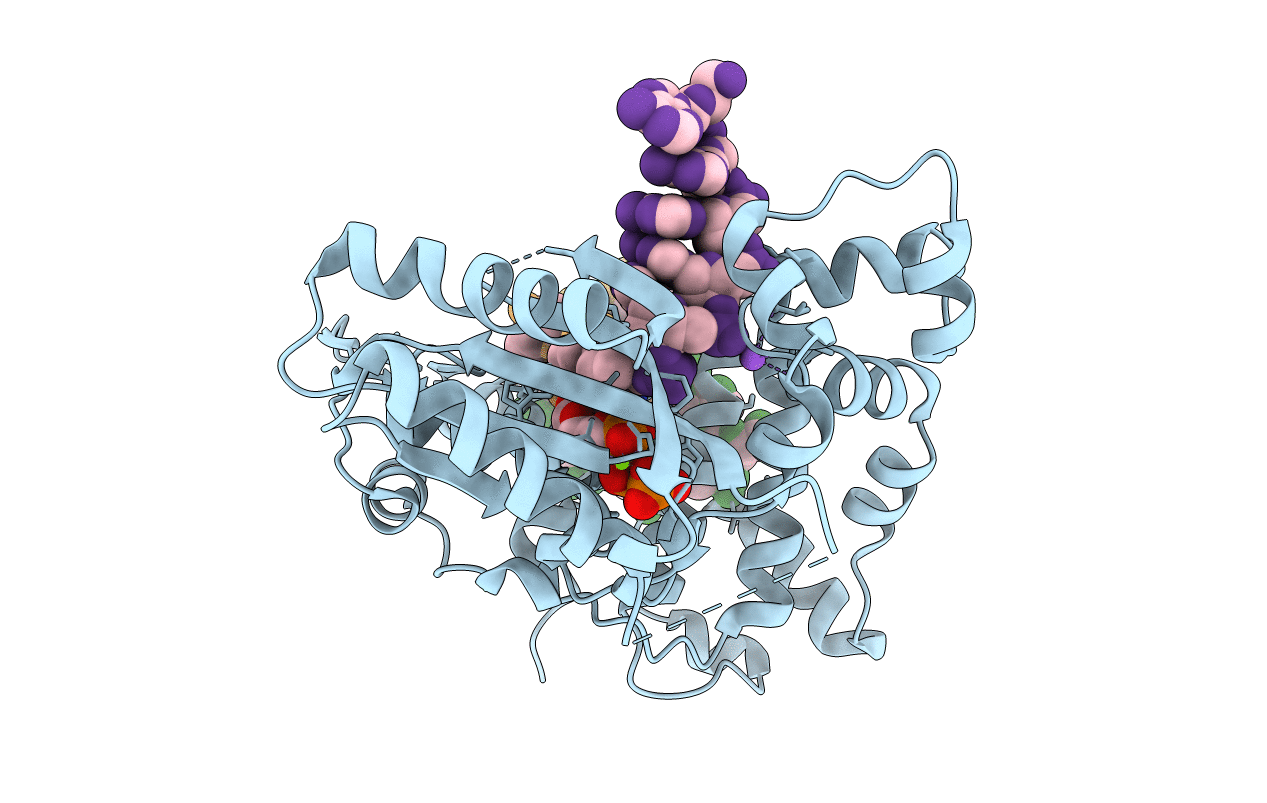
Deposition Date
2014-07-27
Release Date
2015-06-10
Last Version Date
2023-09-20
Entry Detail
PDB ID:
4QZF
Keywords:
Title:
Mouse Tdt, F401A mutant, in complex with a DSB substrate, C-A base pair
Biological Source:
Source Organism:
Mus musculus (Taxon ID: 10090)
Host Organism:
Method Details:
Experimental Method:
Resolution:
2.60 Å
R-Value Free:
0.25
R-Value Work:
0.22
R-Value Observed:
0.22
Space Group:
C 1 2 1


